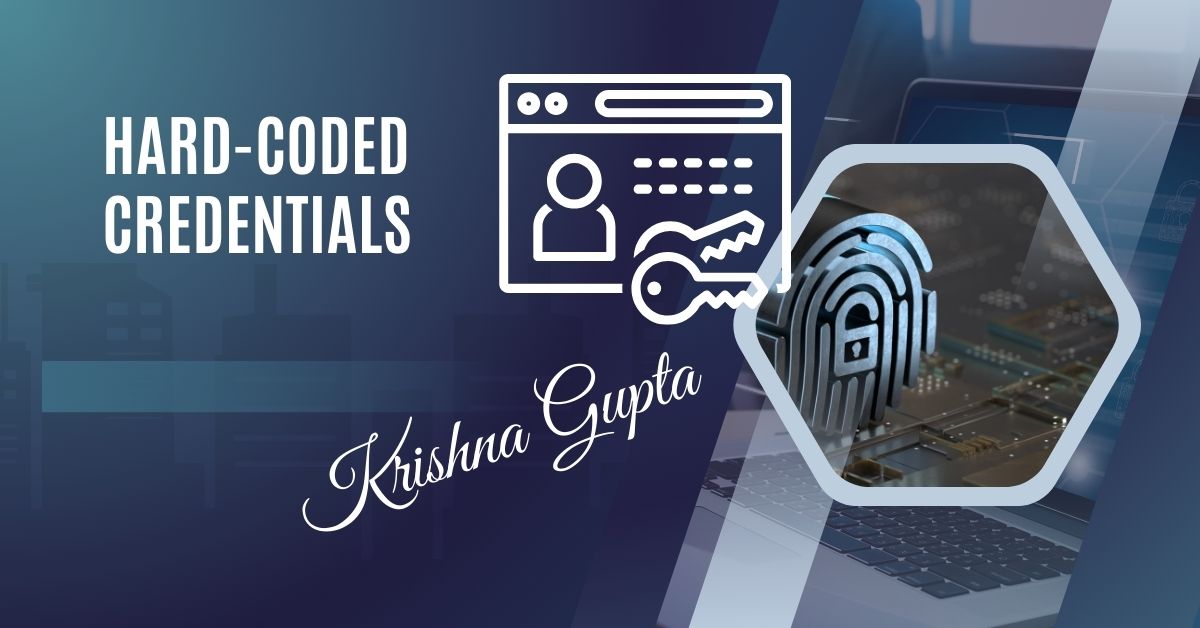Understanding SSL Misconfigurations and Attack Surface: A C-Suite Perspective
In today’s digital landscape, TLS (Transport Layer Security) is the backbone of secure online communications. However, misconfigurations, weak ciphers, expired certificates, and evolving cyber threats create significant vulnerabilities. Penetration Testing (PenTesting) TLS proactively identifies and mitigates these risks, ensuring compliance, business continuity, and customer trust.


